Description
ABSTRACT
Margin Lending in Nigeria: An Albatross
Joseph E. O. Abugu*
Margin lending is a common practice amongst banks, finance houses and stockbroking firms whereby an investor in securities is granted some credit facility in addition to his base fund to invest in securities, usually speculatively. In the wake of the financial crisis in 2008, several investors, banks and stockbrokers were caught in a web of liabilities arising from poorly managed margin accounts. The paper revisits the regulatory regime in 2008. The resultant litigations had neither local precedent for guidance nor existing regulations for the interpretation and enforcement of the rights of parties. While these cases have not fully developed all the nuances of margin lending, the Central Bank of Nigeria and the Securities and Exchange Commission have in response developed regulations for margin transactions by individuals, corporate bodies and banks. The paper proffers a critical analysis of reforms in this area. It explores the state of the law as developed in the cases and the new rules designed for the regulation of margin transactions. In stating the law, the author points out improvements in the Regulations as well as the uncharted interpretation of some of the rules. The historical past and the present jungle of regulations, apparently an overkill, has further made margin transactions the bugbear of securities dealers and market participants. It has become an albatross for both regulators and practitioners. It underscores the important role of margin lending to the securities markets and concludes with the need to simplify the Regulations and that recourse could always be made to judicial precedents from developed countries in expounding the frontiers of the law in Nigeria.
INTRODUCTION
Margin lending is a form of credit facility that lets you borrow money to invest in approved shares or managed funds, using your existing cash, shares or managed funds as security. The amount that you can borrow is determined by the securities in your portfolio, their loan to value ratio and a credit limit based on an assessment of your financial position. It is commonly granted by stockbrokers and investment houses. Typically, a bank or stockbroker grants a loan to an investor to facilitate investment in a portfolio of varied securities with the securities being held to secure the underlying lending. It is a form of secured lending where the interest of the stockbroker/lender is assured by its possessory right over the securities in the portfolio; its ability to appraise the value of the portfolio from time to time and thus continually assess its level of risk exposure; and finally, its discretion to liquidate the shares in the portfolio if the value falls below a margin that jeopardizes the underlying loan.1 Whenever the value falls below the agreed margin, the investor is called upon to inject more funds or risk the liquidation of the underlying assets. It is a form of trading which is
potentially beneficial to the investor and the stockbroker/lender.
* PhD, BL. Professor of Commercial & Industrial Law, University of Lagos, Akoka, Nigeria.
- James D. Hamilton, Stockbroking Today, (2nd edn. Macmillian Press 1979).

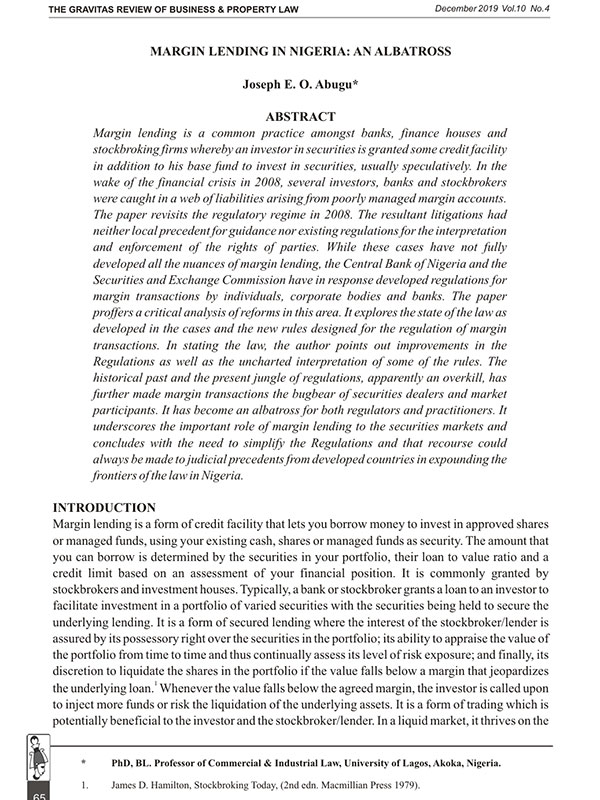
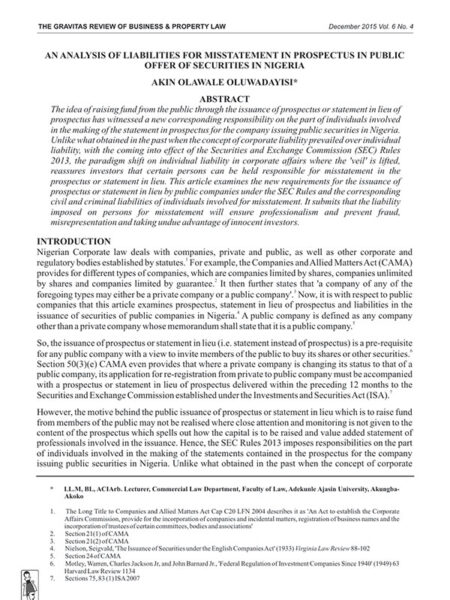
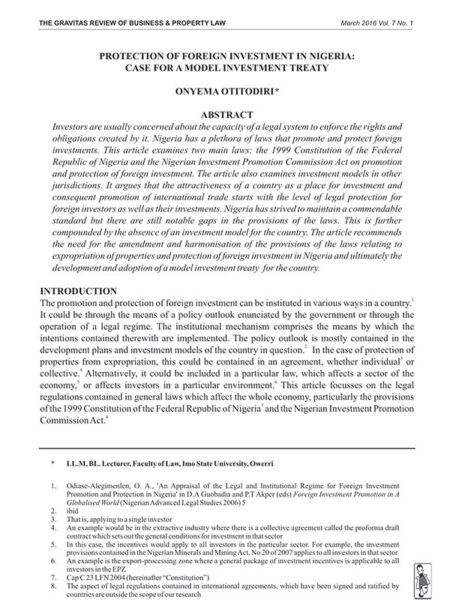

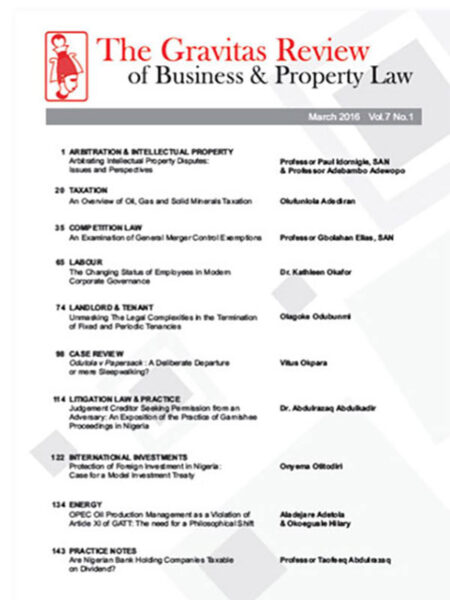
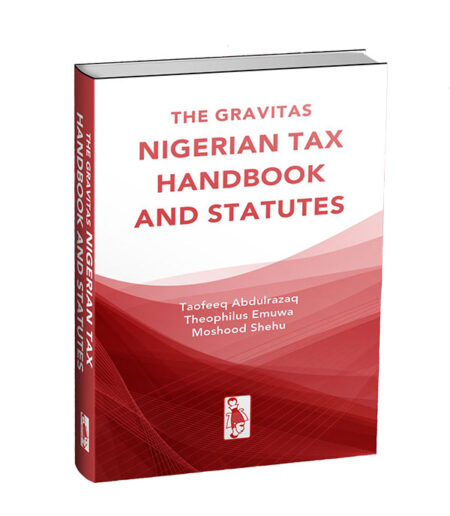
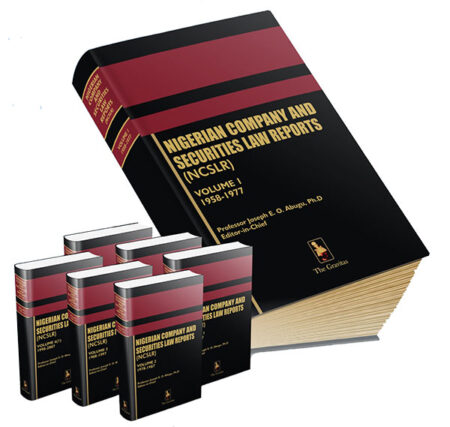

Reviews
There are no reviews yet.